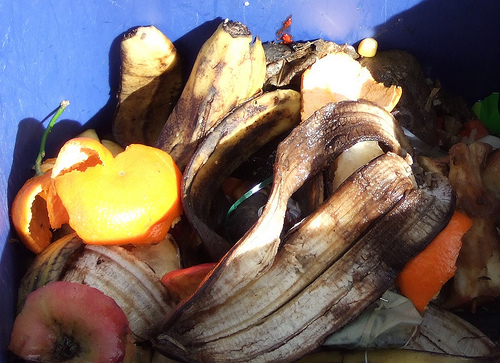
The calculation was made by Michael Webber and Amanda Cuéllar, from the University of Texas at Austin. It estimated the energy embedded in wasted food every year in the United States. In order to do that, the researchers calculated the energy intensity of food production from agriculture, transportation, processing, food sales, storage and preparation for the year of 2007.
The findings are staggering. After processing all the data collected, the researchers concluded that 2030 trillion BTU of energy were embedded in wasted food in 2007. That is approximately 2% of the annual energy consumption in the United States based on an estimate that says that food in general used about 8% of the total energy use in the country.
Avoiding food waste could equal the results of other conservation efforts and production proposals, they say. “The energy discarded in wasted food is more than the energy available from many popular efficiency and energy procurement strategies, such as the annual production of ethanol from grains and annual petroleum available from drilling in the outer continental shelfâ€, the report claims.
Fats and oils top the waste list with 33.4%. It is followed by grains, fresh vegetables, fruit and dairy at 32%, eggs (31.4%), caloric sweeteners (30.5%), meat and fish (16%), dry beans, peas and lentils (15.9%), and tree nuts and peanuts (15.9%).
The researchers concluded that food waste in an import target for decreasing energy consumption. They added that a decrease in food waste requires a retooling of the food supply chain to ensure that a decrease in waste is accompanied by a decrease of energy used by the production process.
To find out more how you can go greener by avoiding food waste, check out the UK-based website Love Food, Hate Waste.





